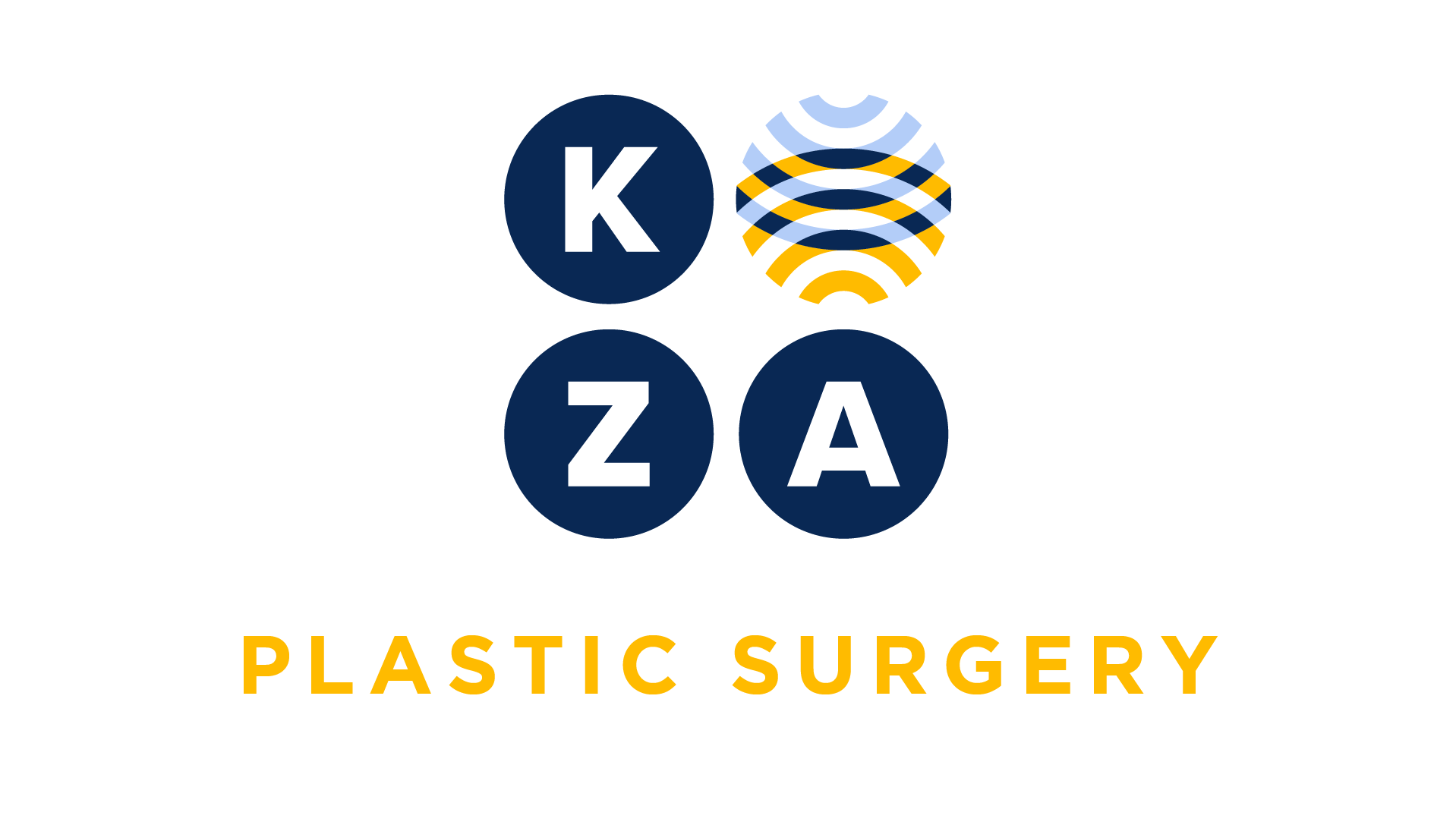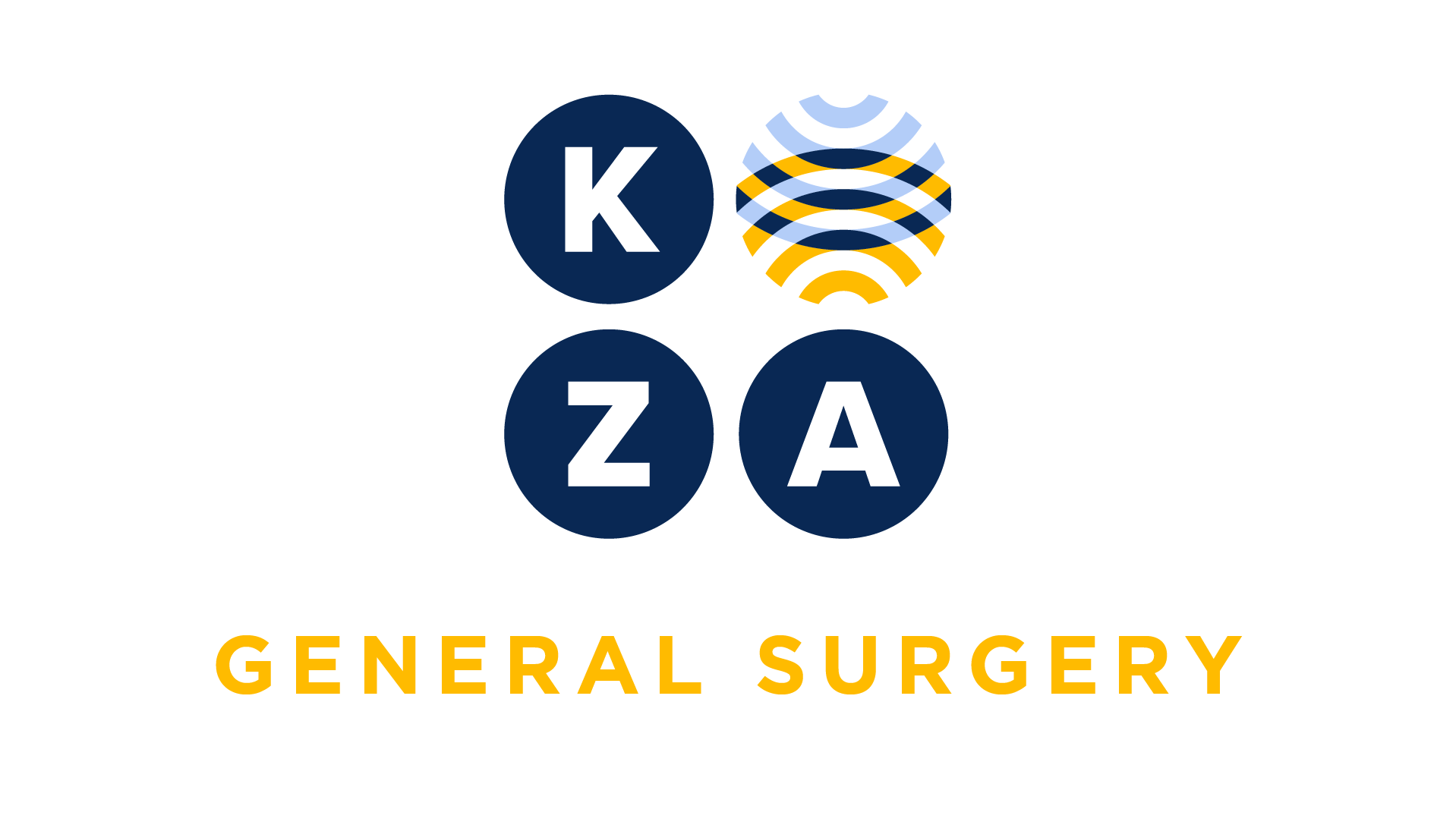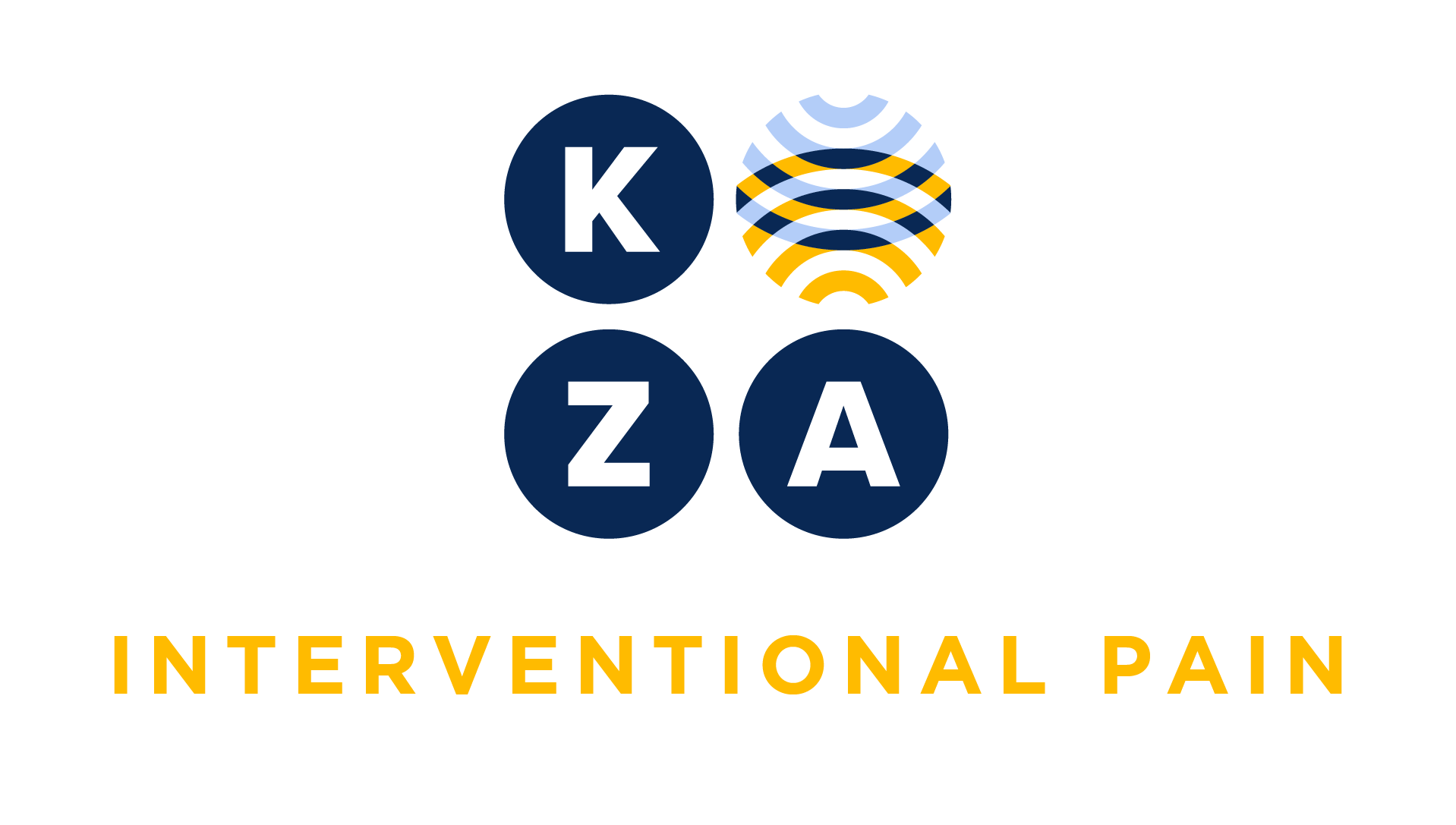
Choose your specialty from the list below to see how our experts have tackled a wide range of client questions.
Looking for something specific? Utilize our search feature by typing in a key word!
Level 5 Office E/M Code
I was told that if I recommend surgery then I can automatically bill 99205 or 99215. This seems too good to be true. Please advise.
Question:
I was told that if I recommend surgery then I can automatically bill 99205 or 99215. This seems too good to be true. Please advise.
Answer:
You’re right – you’ve been given inaccurate information. Remember, office visit codes (99202 – 99205, 99212 – 99215) require meeting or exceeding two of the three Medical Decision Making elements. The third element, Risk, is where recommending surgery is relevant. You still need to meet one of the remaining two elements – Problems Addressed or Data – to get to the level 5 codes which require high Problems Addressed, extensive Data, and high Risk.
New Patient Visit Denied, What Should I Do?
One of our dermatologists saw a patient the first time in our office. We billed 99204. The insurance carried denied the service. I contacted the insurance carrier and was told that the patient was an established patient to the practice and should be reported as an established patient. The patient did see another dermatologist in our group practice who did an intralesional injection a year ago, but it was in another city. Is the insurance carrier correct or should I appeal this?
Question:
One of our dermatologists saw a patient the first time in our office. We billed 99204. The insurance carried denied the service. I contacted the insurance carrier and was told that the patient was an established patient to the practice and should be reported as an established patient. The patient did see another dermatologist in our group practice who did an intralesional injection a year ago, but it was in another city. Is the insurance carrier correct or should I appeal this?
Answer:
Since the dermatologist in the other city is part of your group and is of the same specialty with the same taxonomy code, the patient encounter for the physician in your office should be coded as an established patient visit not a new patient visit.
Per CPT Coding Guidelines: “A new patient is one who has not received any professional services from the physician/qualified health care professional or another physician/qualified health care professional of theexactsame specialty andsubspecialtywho belongs to the same group practice, within the past three years.”
Since your claims was denied, it is recommended that you file a corrected claim and bill the encounter as an established patient.
*This response is based on the best information available as of 04/7/22.
Adjacent Tissue Transfer
A few years ago I was at your coding workshop in Chicago – you were great, Kim! I remember discussing the adjacent tissue transfer or rearrangement codes and you said we need a size dimension to code for CPT 14040 or 14041 or any of the ATT codes. Do you have a specific guideline or a resource that I can find to support this? As always thank you so much for your guidance.
Question:
A few years ago I was at your coding workshop in Chicago – you were great, Kim! I remember discussing the adjacent tissue transfer or rearrangement codes and you said we need a size dimension to code for CPT 14040 or 14041 or any of the ATT codes. Do you have a specific guideline or a resource that I can find to support this? As always thank you so much for your guidance.
Answer:
Thank you for your kind words! Sure – just look in the CPT book in the Guidelines for the Adjacent Tissue Transfer or Rearrangement codes. The last paragraph defines the terms primary and secondary defects. The CPT codes themselves are defined by square centimeters – this is the total sq cm of each defect (primary and secondary). When you use a CPT code that has a dimension in the description, such as sq cm or linear cm, then that dimension must be documented to support the billed code. It is very important for you to document the primary defect dimension and secondary defect dimensions separately. These two dimensions are added together to “equal” the CPT code.
*This response is based on the best information available as of 04/7/22.
2021 EM Guidelines: Only for Medicare?
I work with a surgeon and we see just a few Medicare patients. The surgeon believes the revised 2021 E/M guidelines will not impact our office practice because of our low Medicare volume.
Question:
I work with a surgeon and we see just a few Medicare patients. The surgeon believes the revised 2021 E/M guidelines will not impact our office practice because of our low Medicare volume.
Is this correct?
Answer:
This is not correct and is a common misconception. The revised documentation requirements come from the American Medical Association (AMA) for CPT™. These are the folks that write the codes, not a specific payor.
The changes were essentially agreed to by the Center for Medicare and Medicaid Services (CMS), but they are changes to the code descriptors and guidelines in CPT. One of the primary goals of the change, other than simplification, is standardization. We know that commercial payors and CMS have a variety of documentation standards to support a level of E/M service. Beginning in January 1, 2021, CPT™ has standardized the documentation of the specific level of new and established outpatient visit, which should be applicable to all commercial and government payors.
*This response is based on the best information available as of 04/7/22.
PA Billing ED Consult
Can a PA bill a consult if going to the ED at the request of the ED dr for a stroke? Assume this is a non-Medicare patient and the consult code gets paid.
Question:
Can a PA bill a consult if going to the ED at the request of the ED dr for a stroke? Assume this is a non-Medicare patient and the consult code gets paid.
Answer:
Yes, assuming that doing a consult in the ED is within the PA’s scope of practice in your state and the hospital allows the PA to provide this service. That said, some insurance companies have unusual rules that may not allow payment for a PA on a consult code so you’ll want to check on this.
*This response is based on the best information available as of 04/07/22.
Billing for a Neurostimulator Implant
My physician billed implanted a neurostimulator into the sacral nerve for urinary incontinence. We billed CPT codes 64562 and 95972 for a Medicare patient. Medicare denied CPT 95972 for the analysis and programming. My physician says it should be paid and we should appeal. Can you provide advice?
Question:
My physician billed implanted a neurostimulator into the sacral nerve for urinary incontinence. We billed CPT codes 64562 and 95972 for a Medicare patient. Medicare denied CPT 95972 for the analysis and programming. My physician says it should be paid and we should appeal. Can you provide advice?
Answer:
Based on CPT guidance (February CPT Assistant 2019; “When a neurostimulator or its components is implanted, electronic analysis is inherently included as part of the implantation procedure.” You cannot report the analysis and programming of a neurostimulator on the same date of service as it is included in the implantation of the device.
Do you have a Coding Question you would like answered in a future Coding Coach?
If you have an urgent coding question, don't hesitate to get in touch with us here.






